How to Choose the Right Material Lift for Your Construction Project Needs
Choosing the right Material Lift for your construction project is crucial for maximizing efficiency and productivity on site. According to a recent report from the Construction Industry Institute, approximately 30% of project delays can be attributed to material handling inefficiencies. With the global material handling equipment market expected to reach $250 billion by 2025, selecting a suitable Material Lift is more important than ever.
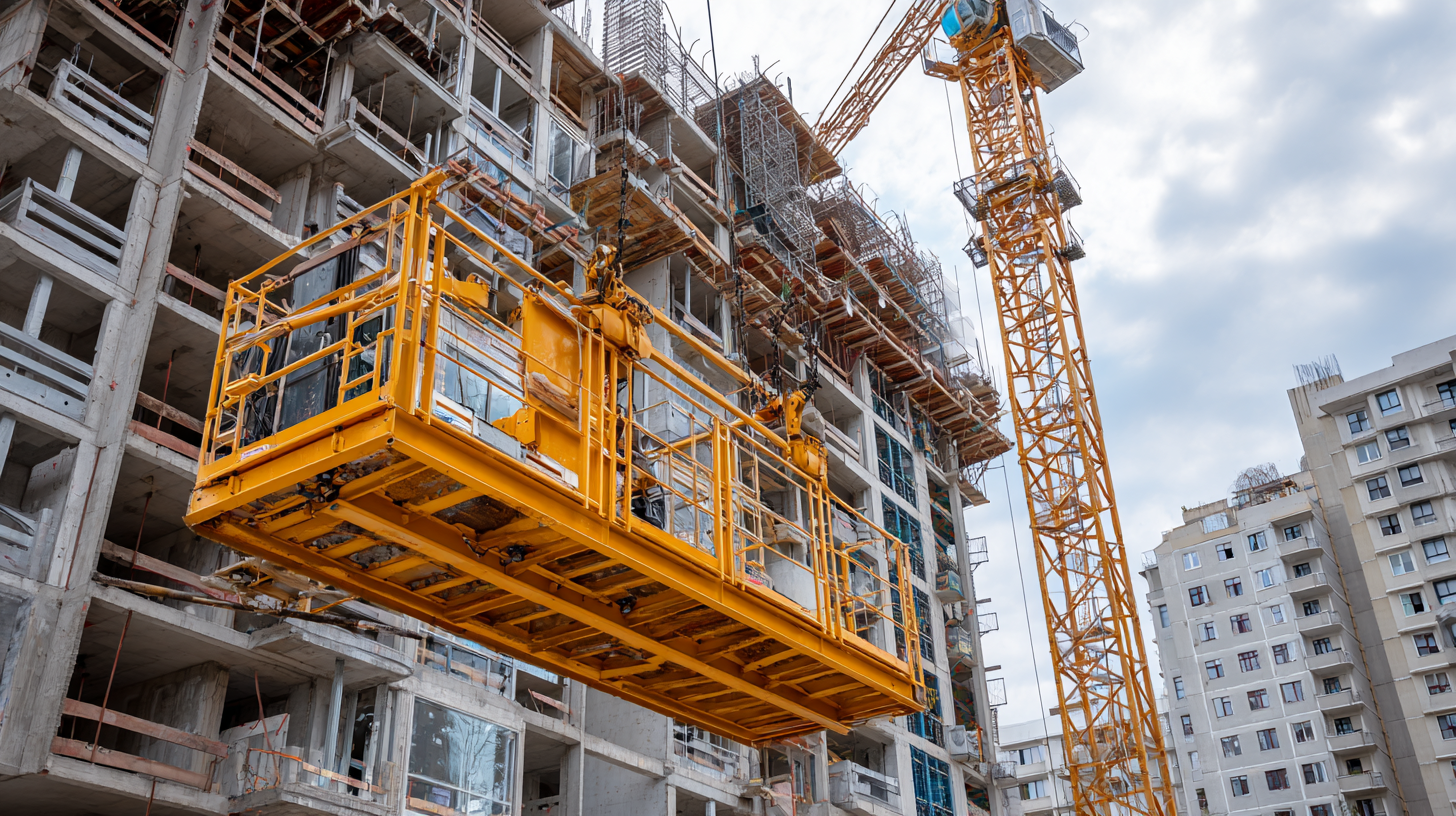
Factors such as load capacity, lift height, and operational environment must be considered to ensure that the chosen equipment meets both safety standards and enhances workflow. By understanding the various types of Material Lifts available—ranging from portable units to heavy-duty lifts—construction professionals can make informed decisions that cater to their specific project needs, ultimately leading to more successful outcomes.
Understanding Different Types of Material Lifts Available for Construction Projects
When it comes to selecting a material lift for your construction project, understanding the different types available is crucial. Material lifts can vary significantly in design, capacity, and application, making it essential to choose one that aligns with your specific needs. The most common types include mechanical lifts, electric lifts, and hydraulic lifts. Mechanical lifts are generally easy to use and maintain, while electric lifts offer higher speed and efficiency. Hydraulic lifts, on the other hand, can handle heavy loads and are ideal for taller structures.
**Tips: When assessing your options, consider the weight capacity needed for your materials and the height requirements of your project. Also, think about the frequency of use; if you require a lift for daily tasks, investing in a more durable model may be wise.**
Another important aspect to consider is the mobility of the lift. Some projects may require frequent movement from one location to another, making portable lifts a suitable choice. Conversely, if your project site has limited space, a compact or foldable model might be better.
**Tips: Always check the lift's ease of transport and setup before making a decision. Reading user reviews and consulting with professionals can also provide insights into the best options for your specific project needs.**
Material Lift Types and Their Load Capacities
This chart illustrates the load capacities of different types of material lifts commonly used in construction projects. Understanding these capacities can help in selecting the right lift for your specific project needs.
Key Factors to Consider When Selecting a Material Lift for Your Site
When selecting the right material lift for your construction project, several key factors must be considered to ensure optimal efficiency and safety. First and foremost, understanding the specific requirements of your site is crucial. Factors such as the height and weight of loads, the type of terrain, and the available space dictate the type of lift you should choose. For instance, a lightweight, compact lift might be ideal for indoor use or tight spaces, while a more robust model might be necessary for outdoor construction on uneven ground.
Another essential consideration is the lift's capacity and power source. Material lifts come in various specifications, with load capacities that should align with the demands of your project. Additionally, consider the power source—whether electric, hydraulic, or manual—based on the environment and operational needs. Durability and ease of maintenance are also critical; investing in a quality lift that withstands the rigors of regular use will ultimately save time and costs associated with repairs and downtime. By carefully assessing these factors, you can select a material lift that meets your project needs effectively.
Evaluating Load Capacity and Height Requirements for Your Construction Needs
When selecting the right material lift for your construction project, understanding load capacity and height requirements is crucial. Load capacity refers to the maximum weight the lift can safely handle. Analyzing the materials you will be working with and their weights will help determine the necessary capacity. It's important to choose a lift that not only meets the minimum weight requirements but also provides a safety margin for unexpected loads.
Height requirements also play a significant role in the decision-making process. You'll need to assess the vertical reach needed for your project. For instance, if you're working on multi-story buildings, make sure the lift can reach the necessary heights without compromising stability. It’s advisable to opt for a model that offers adjustable height options, which can enhance your project's flexibility.
**Tips:**
- Always consult the manufacturer's specifications to ensure the lift meets your load and height needs.
- Consider conducting a site survey to determine specific height challenges and weigh factors like overhead clearance and potential obstructions.
- Keep in mind that rentals or varying models might provide unique features, so trialing options can lead to the best choice for your requirements.
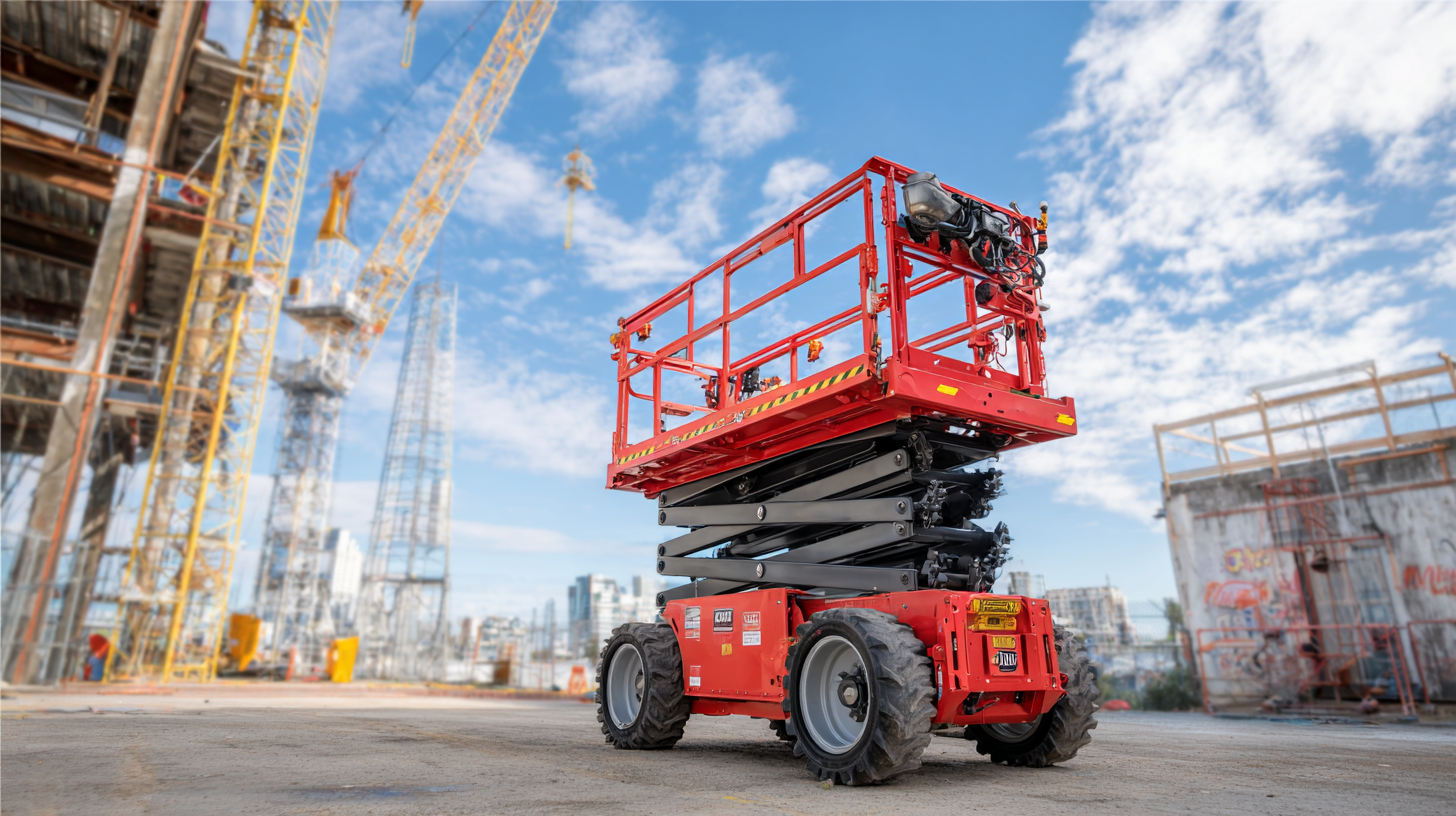
Assessing Mobility and Flexibility Features in Material Lifts
When selecting a material lift for your construction project, assessing mobility and flexibility features is crucial. A lift that can easily navigate various job site conditions can significantly enhance productivity. Consider models with compact designs and adjustable heights, allowing them to maneuver through tight spaces and reach multiple elevations. Additionally, features such as swivel casters can improve stability and make it easier to reposition the lift as project needs change.
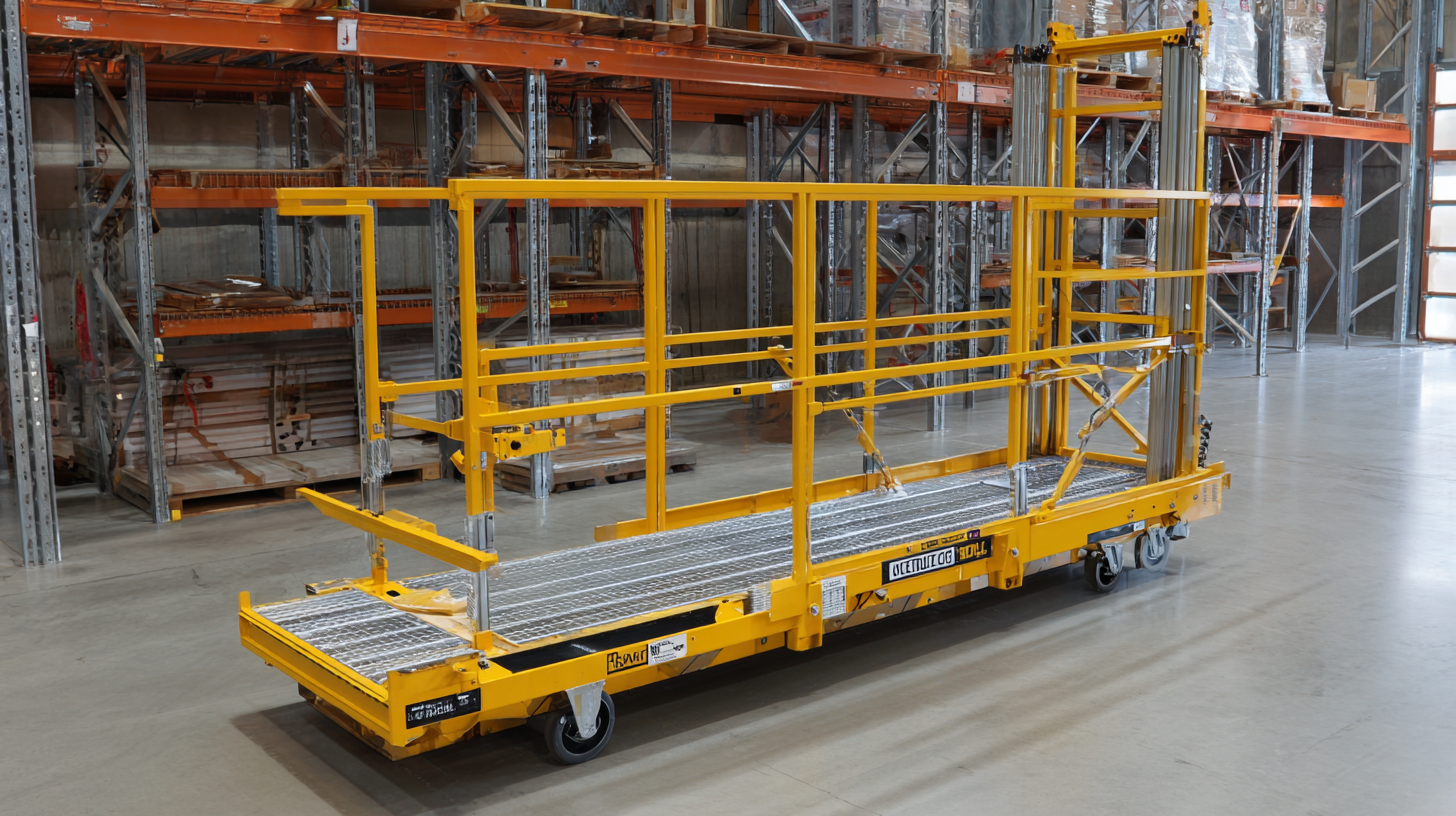
Flexibility in operation is another key aspect. Look for lifts that offer versatile configurations, such as adjustable platforms or extendable arms, which can cater to a variety of lifting tasks. Modular designs can also be advantageous, allowing for customization based on the specific requirements of the job. By prioritizing mobility and flexibility, you ensure that the material lift you choose not only meets your current needs but is also adaptable for future project demands.
Budgeting for Your Material Lift Purchase or Rental: What to Include
When considering the purchase or rental of a material lift for your construction project, budgeting is a crucial step that requires careful planning. Start by identifying the total costs associated with the lift, including the initial purchase price or rental fees. If purchasing, factor in additional costs such as delivery, installation, and any necessary permits. For rentals, assess the duration of use and compare rates among different suppliers to find the most cost-effective option.
Beyond the direct costs, it's essential to budget for maintenance and repairs. Material lifts require regular checks and servicing to ensure safety and functionality. Allocating funds for potential repairs can prevent unexpected expenses that could derail your project timeline. Additionally, consider the costs related to training personnel on the proper use of the lift. Adequate training can minimize accidents and enhance productivity, ultimately saving you money in the long run. By taking these elements into account, you can create a comprehensive budget that aligns with your project's needs and ensures a smooth operation.
How to Choose the Right Material Lift for Your Construction Project Needs - Budgeting for Your Material Lift Purchase or Rental: What to Include
| Lift Type | Max Load Capacity (lbs) | Height Reach (ft) | Purchase Price ($) | Rental Cost (Daily) ($) | Maintenance Cost (Annual) ($) |
|---|---|---|---|---|---|
| Electric Scissor Lift | 500 | 20 | 15,000 | 200 | 600 |
| Hydraulic Forklift | 3,000 | 15 | 25,000 | 150 | 800 |
| Aerial Work Platform | 1,200 | 30 | 20,000 | 250 | 700 |
| Portable Material Lift | 1,000 | 12 | 5,000 | 100 | 400 |
Related Posts
-
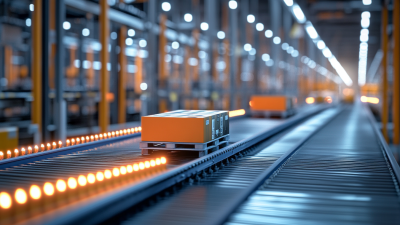
Discovering Quality Suppliers for Best Material Handling Systems with Proven Strategies
-
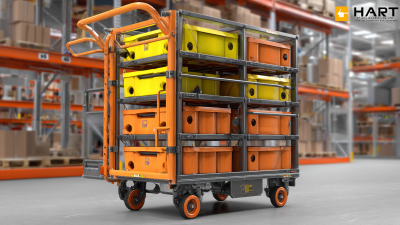
7 Key Advantages of Using the Best Material Handling Cart for Your Business
-
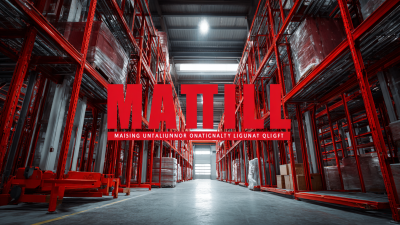
China's Smart Manufacturing: The Global Leader in Quality Material Handling Lifts
-
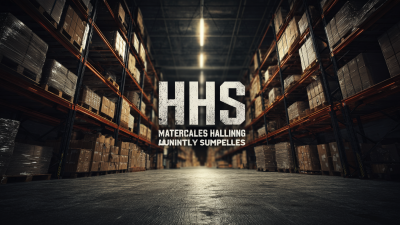
How to Identify the Best Manufacturers for High Quality Material Handling Supplies
-

Exploring Innovative Alternatives in Material Handling Products for Enhanced Efficiency
-

Common Challenges Faced in Material Handling Cart Efficiency and Optimization

